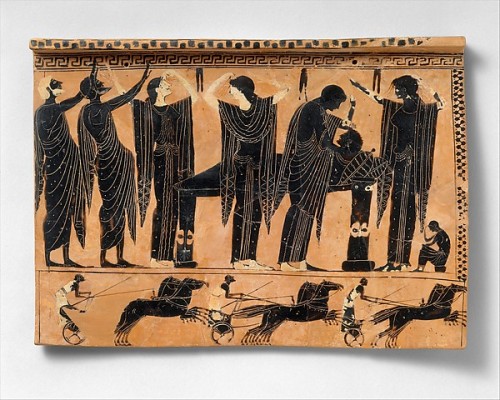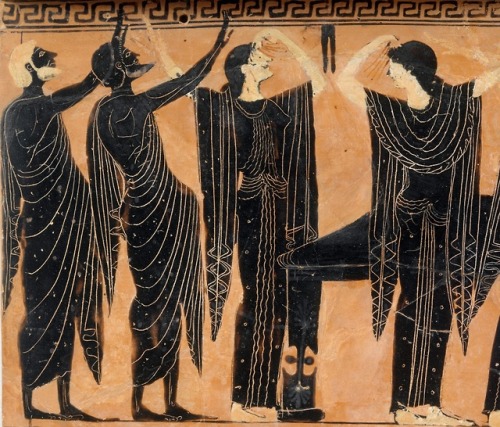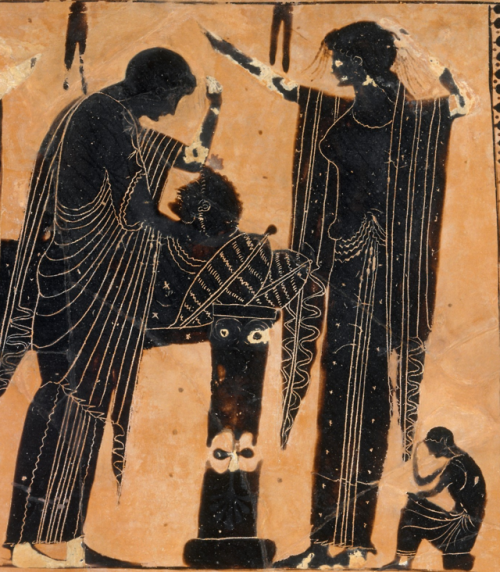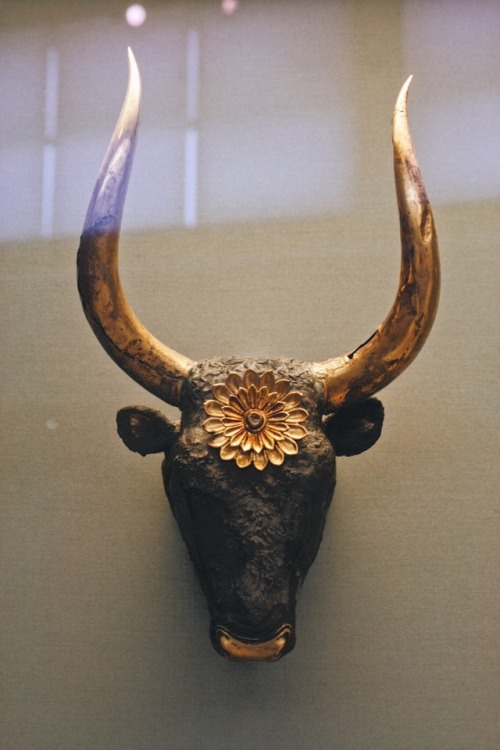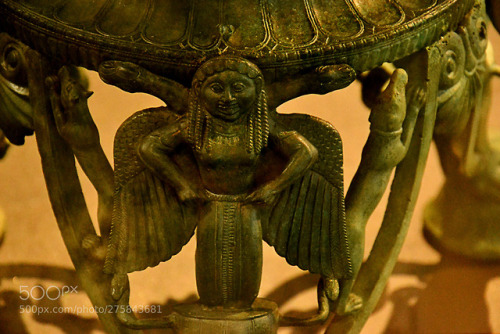#archaic
Adjective
[urst-hwahyl, -wahyl ]
1. former; of times past:
erstwhile friends.
Adverb
2. Archaic. formerly; erst.
Origin:
The adverb erstwhile has been part of English since the 16th century, but it is formed from two words that are much older. It comes from the Old English words ær, meaning “early,” and hwīl, which has much the same meaning as the modern word while. (The English word ere, meaning “before,” is also descendant of ær.) The adjective erstwhile, as in erstwhile enemies, joined the language around 1900.
“After all, my erstwhile dear, my no longer cherished, need we say it was no love, just because it perished?“
- Edna St. Vincent Millay
This week, I’m recreating some Akkadian bread, as seen in some cuneiform inscriptions, as well as visual representations in carved panels in Akkadian palaces.
The original bread has a striking similarity to modern Iraqi samoon - from it’s shape to it’s description in Akkadian!
In any case, let’s now take a look at the world that was! Follow along with my YouTube video, above!
Ingredients
1 cup wholemeal flour
2 cups plain flour
salt
water
active dry yeast (or 1/3 cup sourdough starter)
milk
sesame seeds
Method
1 - Preparing the Dough and letting it Rest
To begin with, we need to make a starter. The easiest way to do this today is to use some dry active yeast, opening a sachet, and placing it in a bowl with a bit of warm water. But if you have some sourdough starter, you can use 1/3rd of a cup of that instead! But keep in mind that the sourdough starter will affect how hydrated your dough is later on.
Pour in 1 cup of wholemeal flour, along with two cups of plain white flour into the yeasty mix, and mix everything together until the dough starts to pull away from the sides of the bowl cleanly. If it’s too dry and crumbly, add some water - little by little - until it comes together into a smooth ball.
When it’s ready, place a damp cloth or a bit of clingfilm over the top of your bowl, and let the whole thing prove in a warm area for a few hours - or until it’s doubled in size.
2 - Forming your Bread
When your dough has expanded hugely, tip this out onto a lightly floured worksurface, and get to kneading. Fold and twist this around for about 10 minutes, just to help develop a better texture of the loaf down the line. When you’re finished kneading it, roll the whole thing into a long snake of dough. Cut this in half, and these halves in half again, so you wind up with four roughly evenly-sized balls of dough.
Carvings of Akkadian banquets show off lemon-shaped loaves of bread, and modern samoon are formed in a similar way. So roll a ball of dough in your hand, leaving two nubs at either end of it. Flatten the centre of the loaf down, by stretching and pulling at the dough until it smooths down.
3 - Baking
When they’re formed, place them onto some baking paper, and cover them with a damp towel for about 20 minutes. After this, brush them with a bit of milk, before sprinkling some sesame seeds over the top of them if you want. Bake these in an oven preheated to 230C / 450F for 15-20 minutes, or until they turn golden brown.
Serve up warm, and dig in!
The bread is delicious and fluffy, with a nice crisp crust. The sesame seeds - if added to the top - become toasted and flavourful when baked.
The original name for this bread would have been “ninda ensu” - which literally translates to “the bread of the king/ruler”. “ninda”being a catch-all word for a variety of breads and cakes in the Akkadian language, so while it’s likely that “ninda ensu” referred to a savoury bread, it’s also likely that this may have been sweetened too!
Terracotta funerary plaque
Attic Greek, ca. 520–510 B.C. (Archaic period)
Prothesis (laying out of the dead); below, chariot race
In the latter sixth century B.C., the elaborate series of funerary plaques set into the walls of rectangular tombs were replaced by single plaques with holes for attachment. The chariot race, a recurring theme in Attic funerary art, may evoke the funeral games held in honor of legendary heroes, such as those in book 23 of the Iliad, when Achilles honored his deceased friend Patroklos.Source:Met Museum
Post link
This piece has been in mind since the moment I laid eyes on it. The contrast of the gold and blackened silver has a striking effect. The asymmetrical horns and perfectly rendered bull head are exquisite and it’s over 3,000 years old. My favorite detail is the gold flower in the center of the bull’s head. A symbol of life and beauty bestowed on the crown of a powerful beast.
Silver and gold rhyton in the shape of a bull’s head Mycenae, Greece: Grave 4 in Grave Circle A Late Bronze Age: 1600-1100 BC Archaeological Museum of Athens
Post link

Kore, type of freestanding statue of a maiden — the female counterpart of the kouros, or standing youth — that appeared with the beginning of Greek monumental sculpture in about 660 BC and remained to the end of the Archaic period.
Final piece of the Vintage Travel Journal trio completed.
#handmade #journal #books #alteredbooks #mixedmedia #assemblage #art #steampunk #fantasy #vintage #archaic #travel #compass #maps #oldworld #newworld #romance #rustic
Post link



